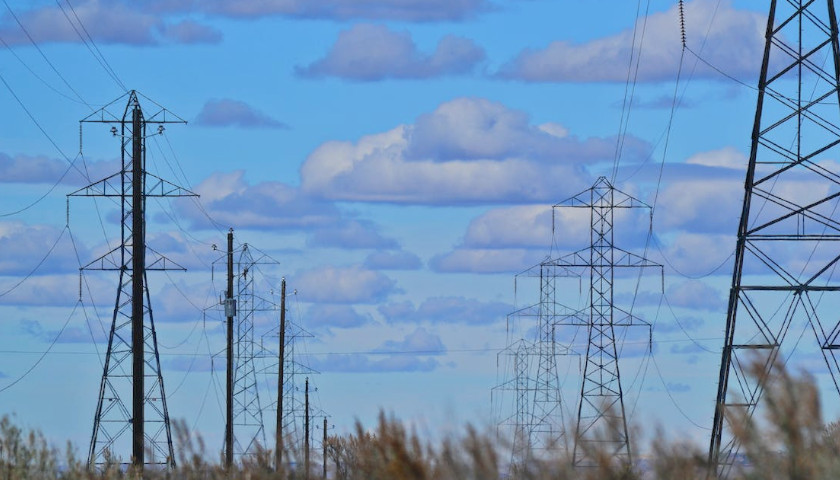by David Blackmon
It didn’t make a ton of news in the United States media, but a new study published by the International Energy Agency in mid-October emphasizes the enormous potential roadblock to a successful energy transition posed by a projected need to refurbish and double capacity on global electricity grids.
The study, titled, “Electricity Grids and Secure Energy Transitions,” advises governments that investments in expanding and refurbishing power grids must “nearly double by 2030 to over USD 600 billion per year after over a decade of stagnation at the global level, with emphasis on digitalising and modernising distribution grids.” That level of new investment in just this single piece of the overarching plans for a complete re-tooling of the global energy system is not currently a part of existing policies around the world. Given that most developed countries are already saddled with overwhelming public debt and the lack of means in developing countries, the prospect for a doubling of current grid investments seems dubious at best.
But, if anything, the goals laid out in this IEA missive only become more implausible as one reads through the list. Perhaps the most extraordinary among them is the agency’s estimate that reaching the UN’s goal of net-zero greenhouse gas emissions by 2050 would require the refurbishment, upgrading and build-out of 80 million kilometers of new transmission lines by 2040. For those who struggle with conversion factors, 80 million km is roughly the equivalent of 50 million miles, or 2,000 times the Earth’s circumference.
 That is the equivalent of all the transmission capacity built by mankind in history, and the IEA says it must be accomplished in just 17 years for this energy transition to succeed. IEA notes that achieving this extraordinary goal – among other improbable propositions laid out in the report – will require “secure supply chains and a skilled workforce,” neither of which currently exists.
That is the equivalent of all the transmission capacity built by mankind in history, and the IEA says it must be accomplished in just 17 years for this energy transition to succeed. IEA notes that achieving this extraordinary goal – among other improbable propositions laid out in the report – will require “secure supply chains and a skilled workforce,” neither of which currently exists.
How will this massive expansion in necessary skilled workers be achieved? The report doesn’t really say.
How will those supply chains – almost all of which are currently dominated by a single country, China – be secured? The report says only “Governments can support the expansion of supply chains by creating firm and transparent project pipelines and by standardising procurement and technical installations.” Sounds easy, right? But the U.S. congress has a hard time just agreeing what day of the week it is: The thought that it will suddenly develop the ability to engage in that sort of complex thinking and legislating in a constructive way is absurdly unlikely.
The report then somewhat hilariously points to another elephant residing in the energy transition’s living room, noting that governments all over the world need to streamline their energy permitting processes to accommodate this massive grid expansion. Again, using the U.S. congress as an example, West Virginia Senator Joe Manchin has spent the last 19 months trying to put together enough votes to approve legislation that would address just a small portion of what is really needed in this realm and had no success, with no real prospects of that changing until, at best, 2025, when the next congress will be sworn into office.
Think about this in the context of a story I wrote in June about the TransWest Express transmission project, which had finally received its final permits from the federal government. This is a line that is about 1300 miles long, designed to carry electricity generated by Wyoming wind farms to customers on the West coast. The punch line on this single transmission project is that the permitting process took 17 years to achieve. Assuming no new litigation arises, it will now take about another 3 years to complete and place into service.
Like so many of the work products published by the IEA in recent years, this report’s findings seem to be motivated mostly to help achieve political goals based mainly on wishful thinking, with little consideration given to long-ingrained dynamics at play in the real world. Even if overwhelming debt burdens and resource and supply chain challenges could be just wished away, the political impediments to achieving these unrealistic goals seem destined to force a day of reckoning for the entire energy transition plan.
– – –
David Blackmon is an energy writer and consultant based in Texas. He spent 40 years in the oil and gas business, where he specialized in public policy and communications.
The views and opinions expressed in this commentary are those of the author and do not reflect the official position of the Daily Caller News Foundation.








